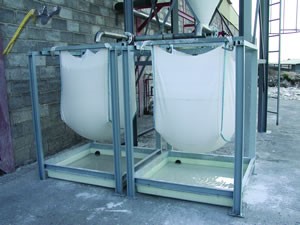About Servyeco | Engineering and Equipment
 INTRODUCTION
INTRODUCTION
 INTRODUCTION
INTRODUCTION
SERVYECO has a highly qualified team of technicians working in the engineering and development of technologies for water treatment.
Our experience allows us to provide customized solutions in an innovative and flexible way. From our R&D department mobile pilot plant are designed to ensure results expected by the customer.
We develop and supply turnkey treatment plants "Waste Water Treatment Plant" (WWTP) industrial and urban; "Drinking Water Treatment Plant" (DWTP) to treat the groundwater or surface water (rivers, swamps, ...) in order to reach the technical, regulatory and health requirements necessary for water purification; specific technologies are design for conditioning process water for industry through membranes, selective resins and innovative disinfection systems.
Our main development and technologic specialties are:
Lamellar decanter: Treatment flow: 1 m3/h – 100 m3/h
In lamellar decanter physicochemical treatments are carried out in order to remove colloidal solids. They are manufactured in modular equipment including coagulation, flocculation and pH adjustment reactors. Using lamellae, high efficiency in solids separation is achieved by decanting in a small space. We have technologically advanced equipment for the automatic control of plants.
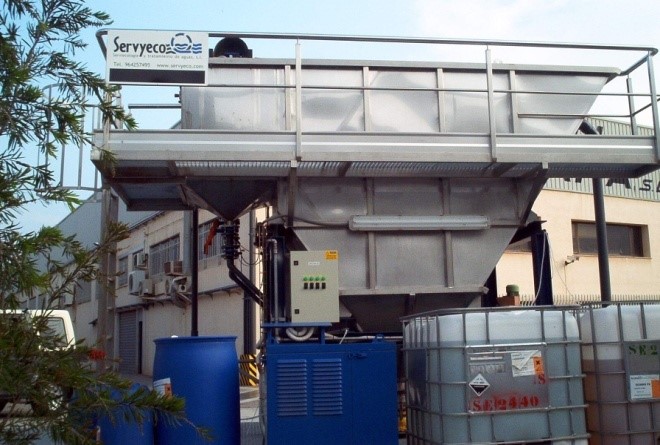
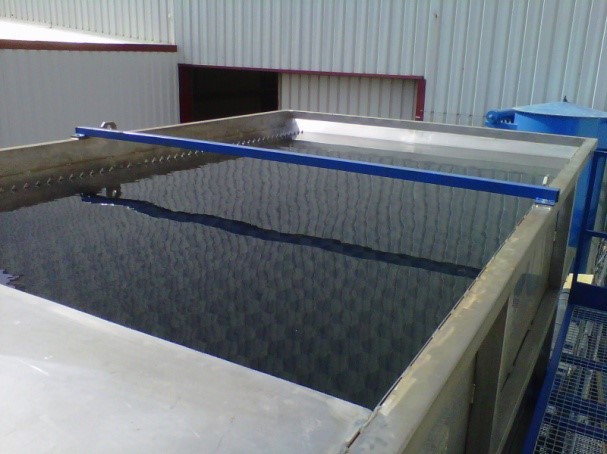
Treatment flow: 20 m3/h. – 1000 m3/h
These decanters are installed in treatment plants with high flow and high content in suspended solids. In this system, the sludge is lead through a sweeper to the bottom of the decanter. Then, the sludge is extracted and dewatered.
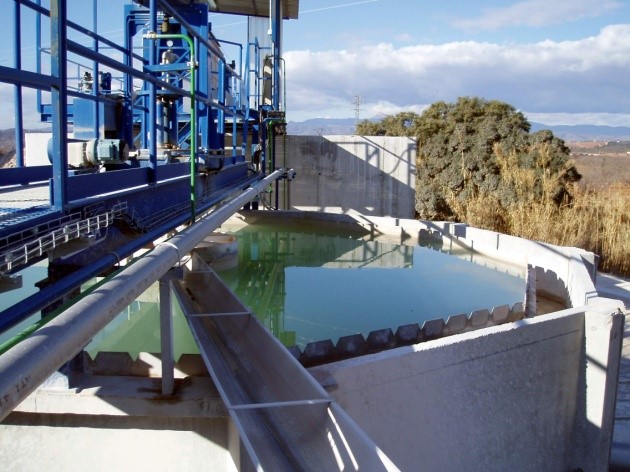
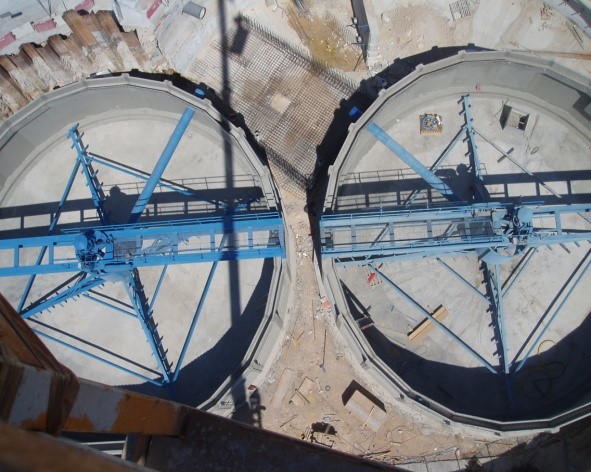
Treatment flow: 2 m3/h – 50 m3/h
These equipments are mainly designed for the physical-chemical removal of organic matter and suspended solids in water where the colloidal particles are lighter and tend to float. They are manufactured in modular equipment including coagulation, flocculation and pH adjustment reactors. With the use of dissolved air, high efficiency in solid separation is obtained in a small space.
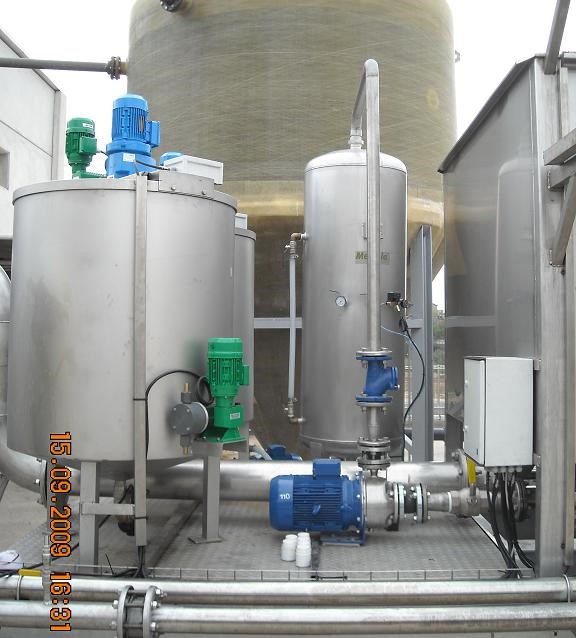
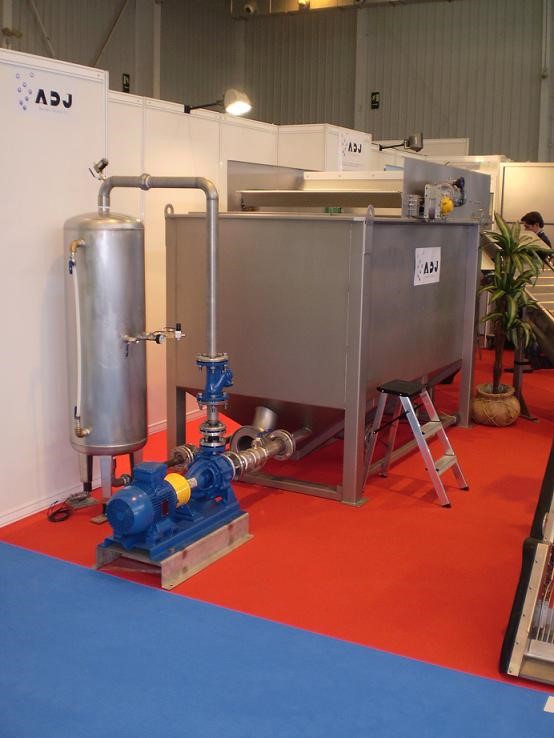
Treatment flow: 2 m3/h – 500 m3/h
Facilities designed for small population or industries are built as modules for ease installation and operation. In facilities for large populations, the wastewater treatment is performed in several stages, pretreatment, primary treatments (physicochemical), secondary treatment (biological) and tertiary treatment. These treatments are manufactured according to the needs of our customers, and the use of treated water.
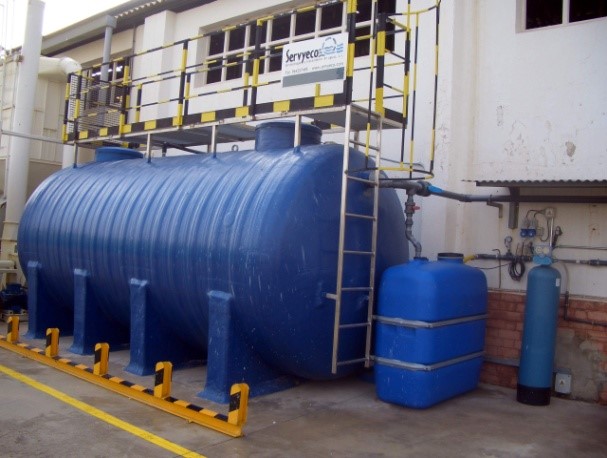
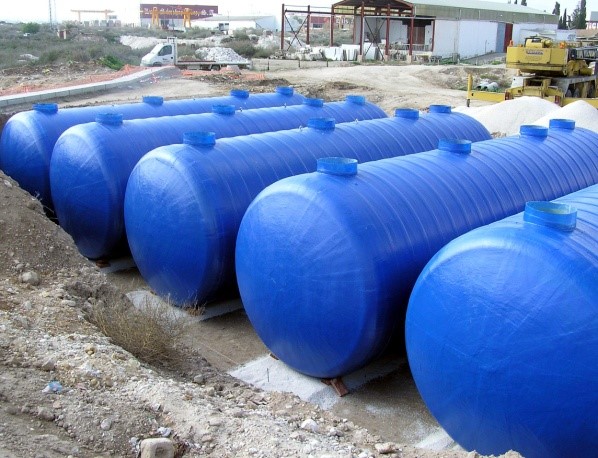
Treatment Flow: 0,5 m3/h – 500 m3/h
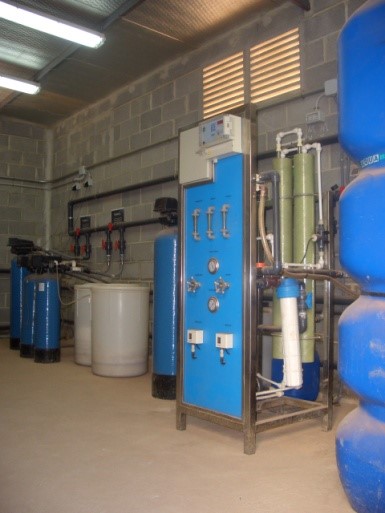
Reverse Osmosis systems are based on balance. When two fluids are in contact with different concentration of dissolved solids, these fluids will be mixed, to reach the same concentration
After a while the water content is higher in one side of the membrane. The height difference between both fluids is called osmotic pressure.
Osmosis facilities designed by Servyeco are used for any application and are supplied in compact module, its application is intended for any industry, food, pharmaceutical, chemical, etc.
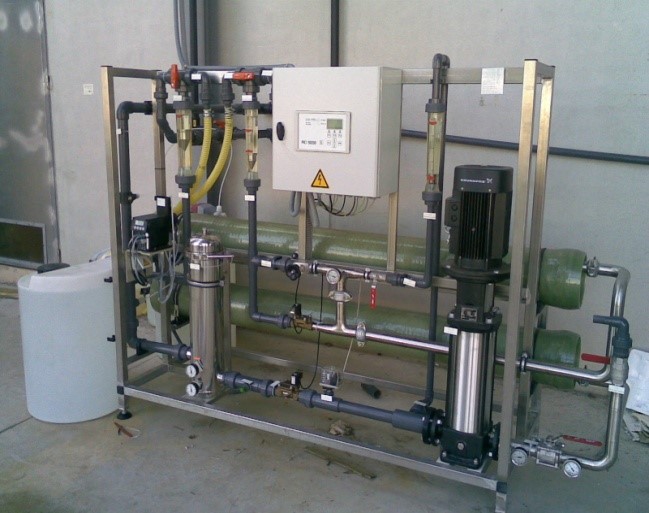
Treatment flow: 0,5 m3/h – 500 m3/h
Ultrafiltration (UF) systems are a type of membrane filtration in which hydrostatic pressure forces a liquid against a semipermeable membrane. Suspended solids and high molecular weight solutes are retained, while water and low molecular weight solutes cross the membrane. This separation process is used in industry and research to purify and concentrate macromolecular solutions (103-106 Da).
Ultrafiltration is not fundamentally different from other processes such as microfiltration, nanofiltration or gas separation, except for the sizes of the molecules which retain. Ultrafiltration is applied in cases of cross-flow or dead-end flow.
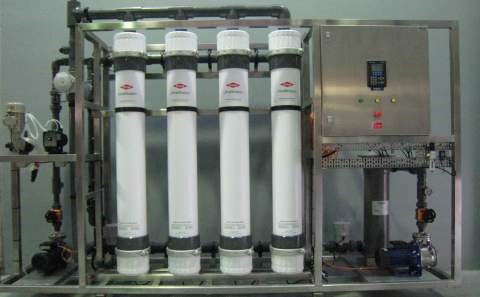
Treatment flow: 0,5 m3/h – 100 m3/h
Ion exchange is an exchange of ions between two electrolytes or between a solution of electrolytes and a complex. In most cases the term is used to refer to processes of purification, separation, and decontamination solutions containing such ions, employing polymeric or mineral solids in devices called ion exchangers.
Ion exchangers typically contain ion exchange resins (porous or gel form), zeolites, montmorillonite, clay and soil humus. Ion exchangers can be cation exchangers exchanging positive charges ions (cations), or anion exchangers that exchange negative charges ions (anions). Also amphoteric exchangers capable of exchanging cations and anions at the same time. However, the simultaneous exchange of cations and anions can be more efficient if done in mixed devices containing a mixture of anion and cation exchange resin, or passing the treated solution through different ion exchange materials.
Ion exchangers can be selective or preferably work with certain ions or types, depending on their chemical structure. This may depend on the size of the ions, its charge or its chemical structure. Typical examples of ions which can be bound to the ion exchangers are:
- H+ ions (protons) and OH- (hydroxide)
- Monatomic ions electrically charged 1+, as Na+, K+, or Cl-
- Monatomic ions electrically charged 2+, as Ca2+ or Mg2+
- Inorganic polyatomic ions as SO42- y PO43-
- Organic bases, usually molecules containing the amino functional group-NR2H+
- Organic acids, usually containing molecules functional group COO- (carboxylic acid)
- Other biomolecules that can be ionized: amino acids, peptides, proteins
Ion exchange is a reversible process and the ion exchanger can be regenerated or reload with ions by washing with an excess of these ions.
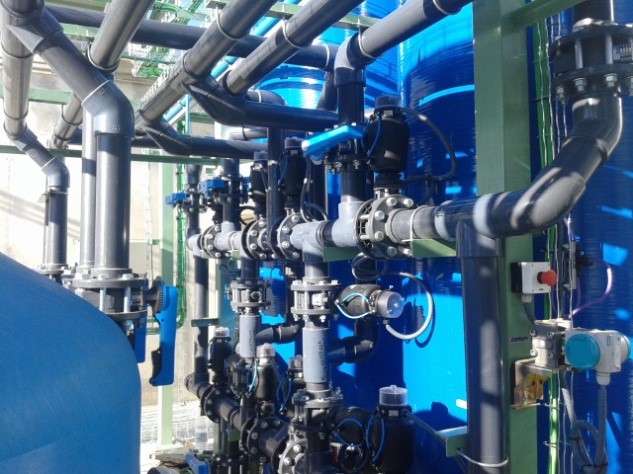
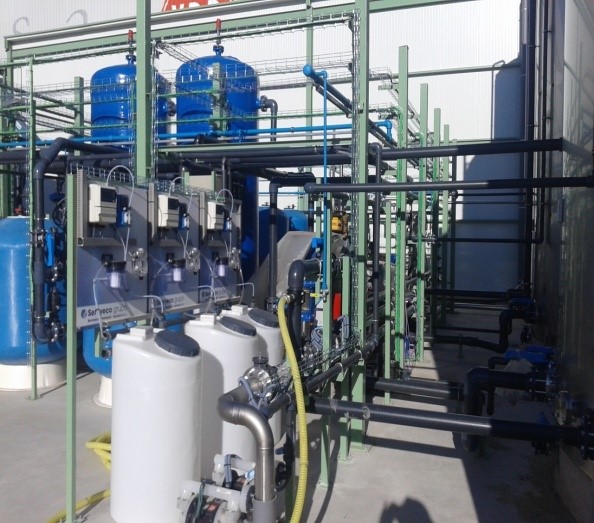
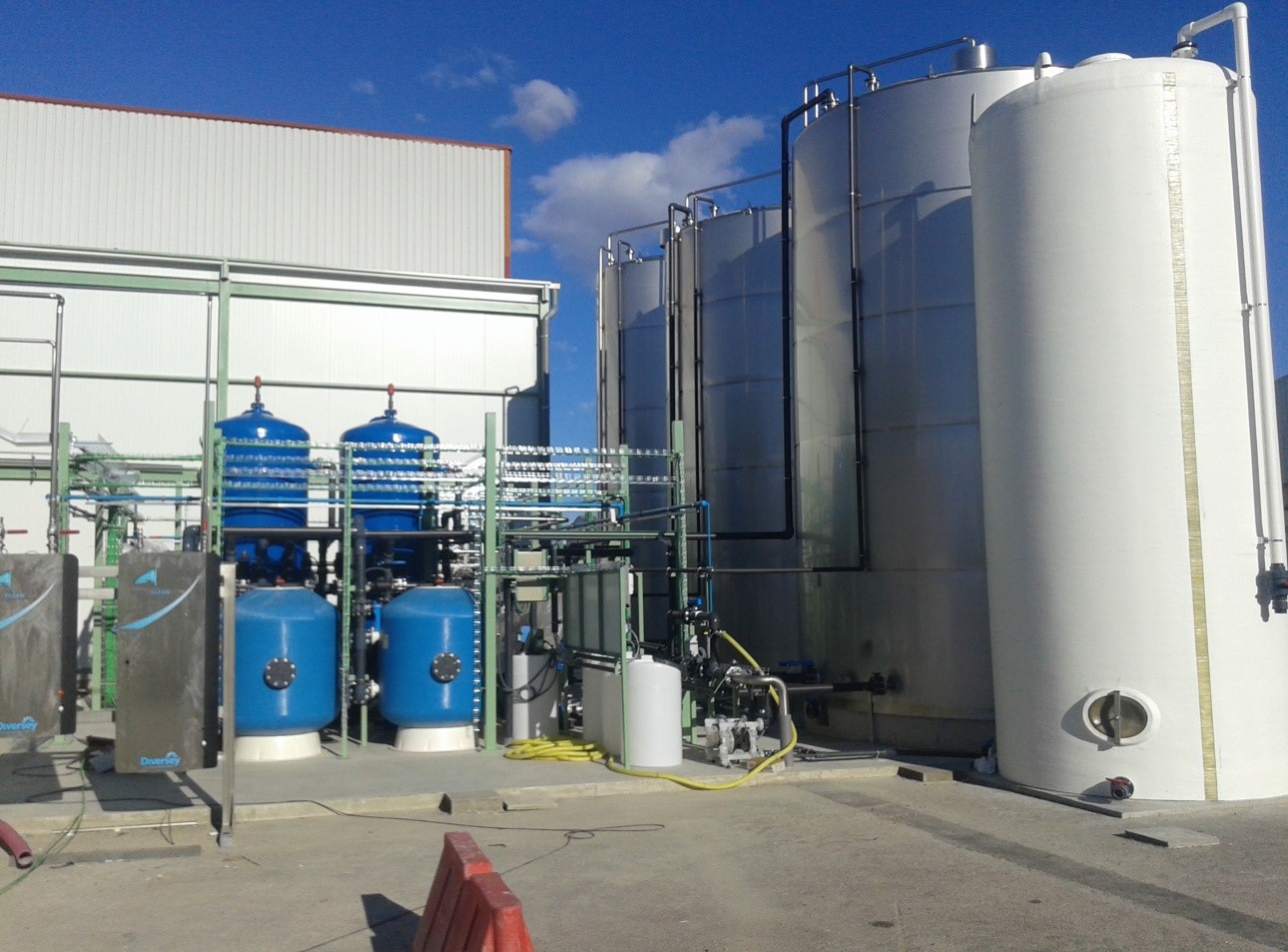
Treatment flow: 0,5 m3/h – 100 m3/h
Used for solids removal in drinking water and as a pretreatment for carrying out other treatments. Depending on the physico-chemical characteristics of water required, we have sand filters or disc filters.
- Sand filters
This filtration system catches larger particles suspended in the water remaining in the different layers of sand, because of its different thickness.
- Activated Carbon Filtration
It is a filter containing activated carbon that can eliminate any taste or odor of the water, such as chlorine or mercury. The water flowing through this filter has to be slow in order to allow removing most of impurities in the water.
- Cartridge or disc filters
Is the final step of water to achieve physical polishing, the water passes through a device containing the filter paper with the ability to retain any possible residue suspended in water with an approximate size of up to 0.22 microns, although in the purification plants the typical filter is of 5 micron. When the cartridge is dirty, because of the excessive suspended matter, is changed to another or can be washed and reused.
It is also possible to install systems of self-cleaning or for regular washes.
- Saline electrolysis
Hydrolysis. Literally means destruction, decomposition or change of a chemical substance by water. In the study of aqueous electrolyte solutions, the term applies especially to hydrolysis reactions of cations (positive ions) in water to produce a weak base or the anions (negative ions) to produce a weak acid. Then we say that the salt of a weak acid or a weak base or both, of a weak acid and a weak base, is hydrolyzed. The degree of hydrolysis is the fraction of the ion that reacts with water. The solvolysis term is used generally to reactions between solutes and solvents.
Treatment flow: 0,5 m3/h – 100 m3/h
- Ultraviolet
Water disinfection by ultraviolet (UV) is a physical process, this process does not alter the chemical composition or the taste or odor. Disinfection security U.V. is scientifically proven and is a safe, effective, environmentally friendly alternative to other methods of water disinfection. The U.V. radiation is one of the bands of the electromagnetic spectrum and has more energy than visible light. Ray irradiation with U.V. of germs in the water causes a series of damage to their DNA molecule, preventing cell division and causing its death.
Treatment flow: 2 m3/h – 600 m3/h
- Ozone
Normally used after the water has passed through the ultraviolet rays to remove the radiation from these, although implementation may be individual, is a gas that is injected into the water as directly as possible in combination with air, when contact with the water is carried out the oxidation of organic and inorganic compounds is produced, destroying and preventing the formation of algae.
The effectiveness of disinfection by ozone depends on the amount used and time of contact with water. One of the main differences compared to other methods is its environmentally friendly character. Contaminants, odors, colors and microorganisms are destroyed by ozone directly without damaging the treated product and without producing wastes.
Treatment flow: 0,5 m3/h – 1000 m3/h
- Chlorination
Chlorination is the primary water disinfection procedure. In that procedure chlorine compounds are used, it has germicidal action that removes some bacteria, fungi and algae. Furthermore chlorination maintains a balance of the population of pathogenic microorganisms that might be in the water.
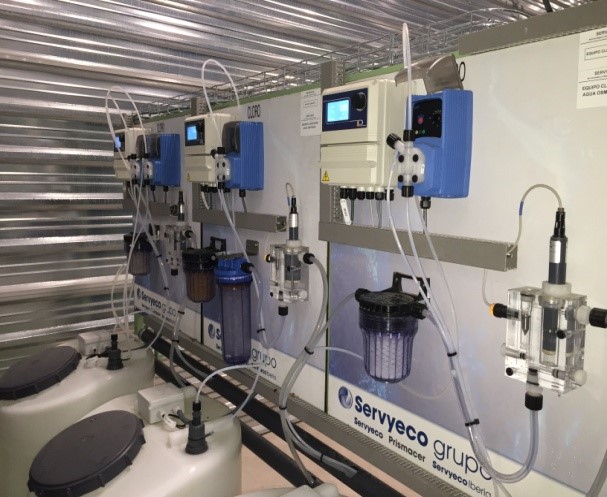
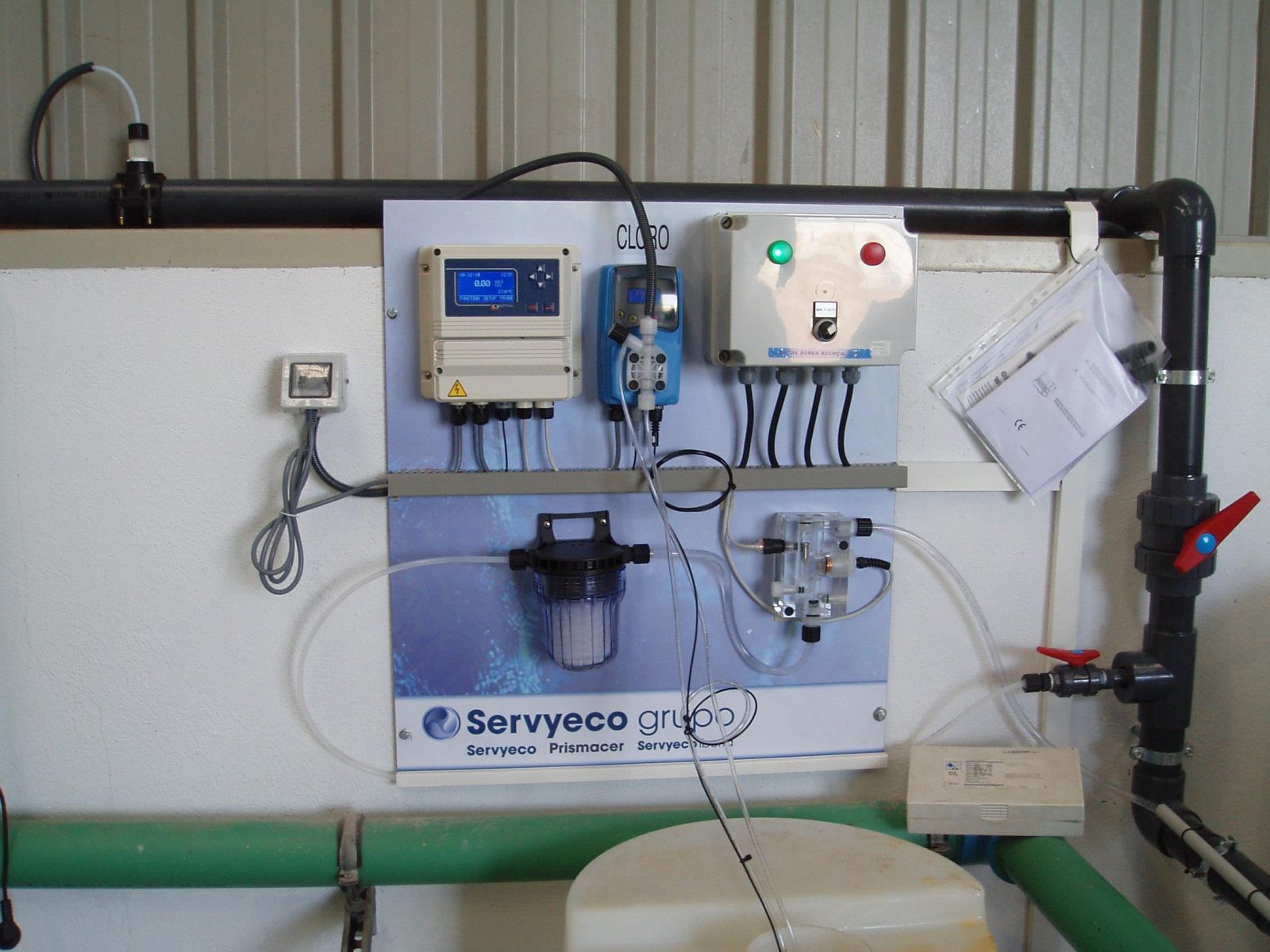
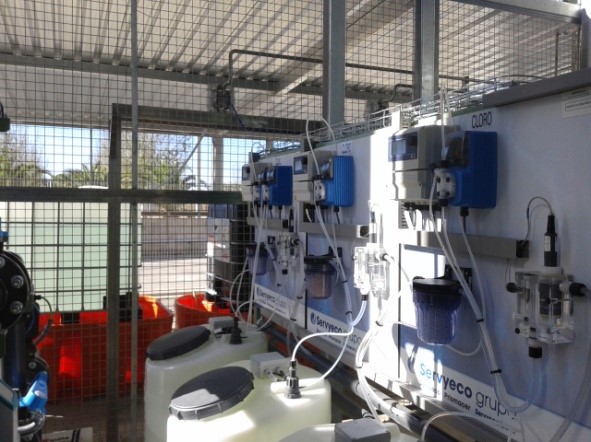
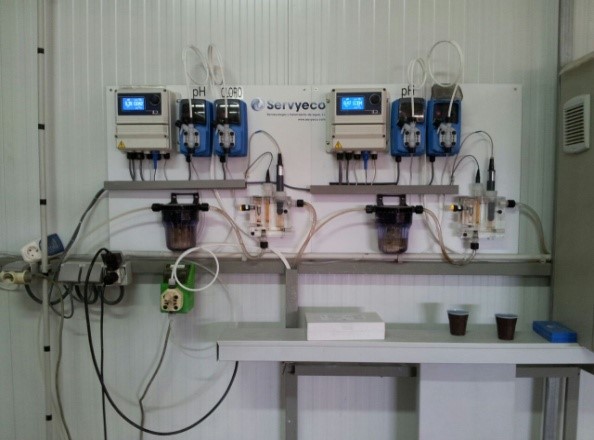
Filtration is the most used method for treating sludge produced in the treatment of wastewater. This treatment can consist of drainage on sand beds or can be mechanical or by means of suction or high pressure conditions that require more sophisticated procedures and equipment.
- Filter press
The pressing technique is the most widespread, despite the intermittent operation and high investment costs. The media filters work by applying high pressures (from 5-15 bars or more).
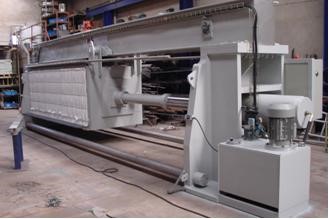
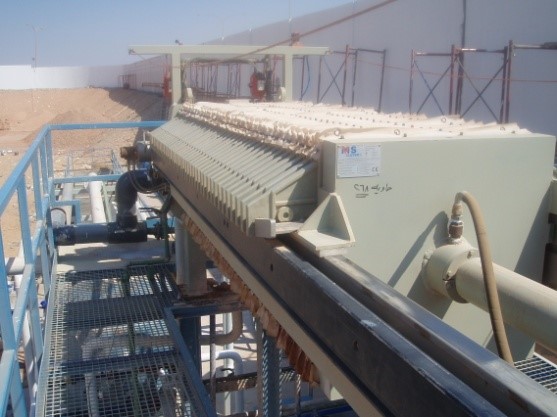
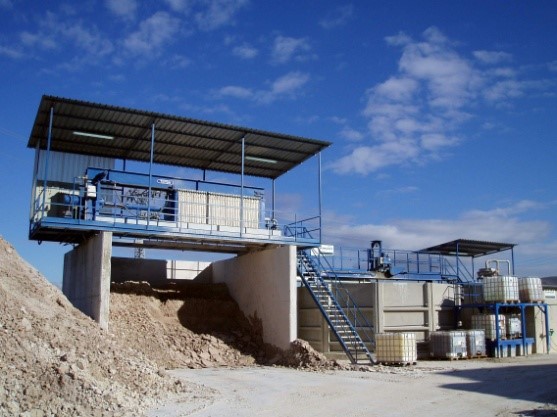
- Band filter
This system is based on a good dewatering of the sludge, preconditioned with polyelectrolyte. The flocculated sludge has a high capacity to drain quickly.
A belt filter is a mechanical dewatering system that allows free flocculated sludge drainage and subsequent progressive pressing.
The flocculated sludge has a relatively fragile structure, and therefore, the suspension must be handled with care to avoid any rupture that can form an obstacle in the band or solid losses.
The drain phase is critically important because it allows confer cohesion to the sludge or sufficient strength for the next phase of removal of water by progressive pressing.

- Centrifuge
The centrifugation process is a separation process using the action of centrifugal force to promote the acceleration of particles in a solid-liquid mixture. Two distinct phases are formed in the container during centrifugation: centrifugation and concentrated.
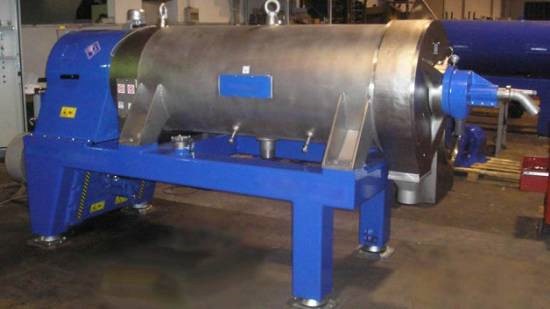
Treatment flow: 2 m3/h – 90 m3/h
- Filter bags
This is a dewatering system using filter bags of different material and different porosities. The operation is to unload the sludge to be dewatered by gravity. These are systems for low flow installations and low performance.
Treatment flow: 0.2 m3/h – 1 m3/h
